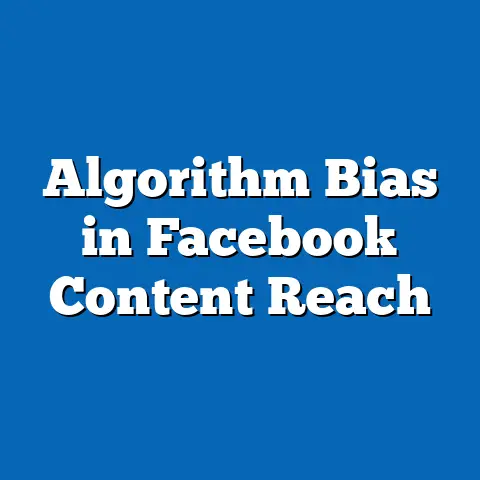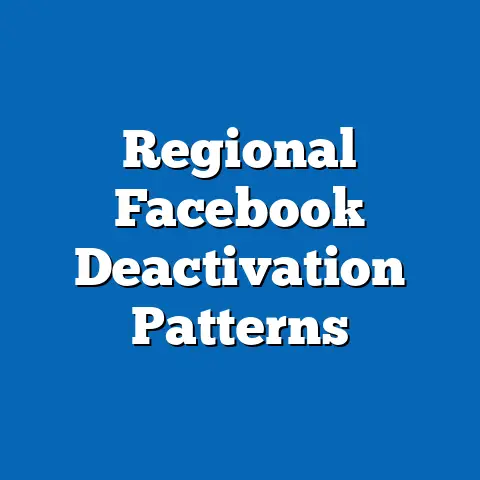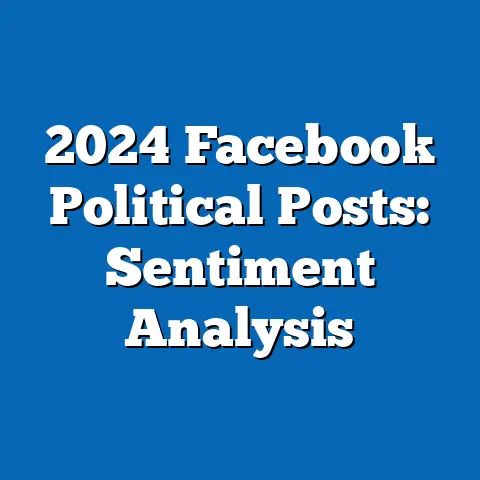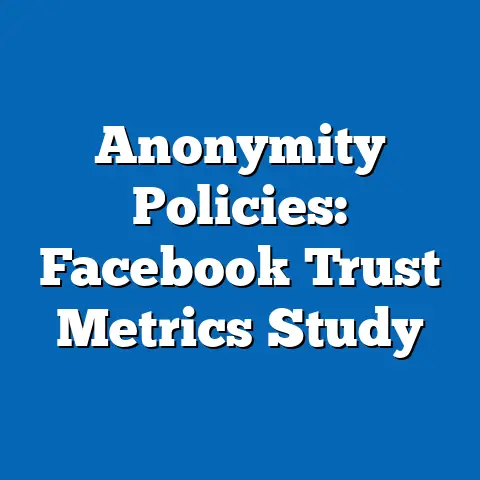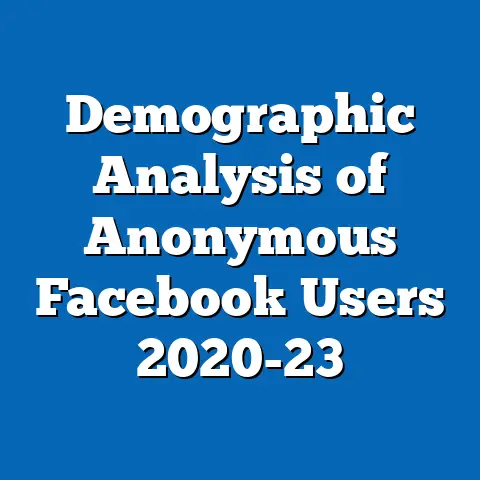Facebook Video Content: Retention Rate Metrics
In the ever-evolving landscape of social media, Facebook stands as a dominant platform for video content distribution, offering unparalleled customizability to creators, marketers, and businesses. This customizability is a defining characteristic of the platform, allowing users to tailor video content through targeted demographics, interactive features like polls and reactions, and diverse formats such as live streams, stories, and long-form videos. The ability to adapt content to specific audience preferences and engagement patterns has revolutionized how brands and individuals connect with viewers, making retention rate metrics a critical measure of success.
Historically, Facebook’s journey into video content began in earnest around 2014, when the platform introduced autoplay features and prioritized video in its News Feed algorithm. This shift was a response to the growing demand for visual storytelling in the digital age, spurred by the rise of competitors like YouTube and the increasing accessibility of mobile devices. The societal implications of this focus on video are profound, as it has reshaped communication, marketing, and even political discourse, with video content often driving viral trends and influencing public opinion.
Retention rate metrics, which measure the percentage of viewers who continue watching a video over time, serve as a key indicator of content effectiveness on Facebook. Understanding these metrics is essential for creators aiming to maximize engagement in a crowded digital space. This article delves into the intricacies of retention rates for Facebook video content, exploring their significance, influencing factors, historical evolution, and broader societal and economic impacts.
Defining Retention Rate Metrics: A Core Measure of Engagement
Retention rate metrics on Facebook refer to the percentage of viewers who remain engaged with a video at various time intervals, typically measured at 3 seconds, 10 seconds, 30 seconds, and through to completion. These metrics are crucial because they reveal not only initial interest (via early retention) but also sustained engagement (via completion rates). Unlike view counts, which can be inflated by autoplay, retention rates offer a deeper insight into how compelling and relevant a video is to its audience.
Facebook provides detailed analytics through its Creator Studio, allowing content creators to track retention graphs that illustrate viewer drop-off points. A high retention rate indicates that the content resonates with viewers, while significant drop-offs may signal issues with pacing, relevance, or delivery. This data empowers creators to refine their strategies, tailoring content to maintain viewer interest over longer durations.
The importance of retention rates extends beyond individual video performance; it influences how Facebook’s algorithm prioritizes content in users’ feeds. Videos with higher retention are often promoted more aggressively, amplifying their reach. Thus, understanding and optimizing retention metrics is not just a creative endeavor but a strategic necessity in the competitive social media ecosystem.
Historical Context: The Evolution of Video on Facebook
To fully grasp the significance of retention rate metrics, it’s essential to trace the historical evolution of video content on Facebook. Launched in 2004 as a text-and-photo-centric platform, Facebook initially lagged behind platforms like YouTube in video hosting capabilities. However, by 2014, the company recognized the growing appetite for video consumption, driven by faster internet speeds and the proliferation of smartphones.
The introduction of autoplay in 2014 marked a turning point, as videos began playing automatically in users’ feeds, capturing attention without requiring active clicks. This feature, while controversial for inflating view counts, underscored the importance of early retention—content needed to hook viewers within the first few seconds to prevent scrolling past. By 2015, Facebook reported that users were watching over 100 million hours of video daily, signaling a seismic shift in user behavior.
Significant events, such as the 2016 U.S. presidential election, further highlighted the power of video on the platform, with political campaigns leveraging live streams and targeted ads to influence voters. During this period, retention metrics became a focal point for advertisers, as sustained engagement correlated with stronger message recall and brand loyalty. Over time, Facebook has refined its video tools, introducing features like mid-roll ads and interactive elements, all of which tie back to the core goal of maximizing viewer retention.
Key Characteristics of Retention Rate Metrics on Facebook
Retention rate metrics are shaped by several defining characteristics unique to Facebook’s ecosystem. First, the platform’s autoplay feature means that initial retention (within the first 3 seconds) is often artificially high, as users are passively exposed to content. However, this also places immense pressure on creators to deliver immediate value, whether through striking visuals, compelling hooks, or emotional resonance.
Second, retention rates vary significantly across video formats and lengths. For instance, short-form videos (under 1 minute) often see higher completion rates due to their brevity, while long-form content (over 10 minutes) may struggle to maintain viewership unless it offers exceptional storytelling or educational value. Live videos, on the other hand, benefit from real-time interaction, often achieving higher retention through comments and reactions.
Third, audience targeting plays a pivotal role in retention. Facebook’s robust ad platform allows creators to segment viewers by age, location, interests, and behaviors, ensuring content reaches those most likely to engage. Tailored content typically yields higher retention rates, as it aligns with viewer expectations and needs. These characteristics highlight the complexity of retention metrics, which are influenced by both creative and technical factors.
Factors Influencing Retention Rates: A Multidimensional Analysis
Retention rates on Facebook are shaped by a confluence of technological, social, cultural, and economic factors. Below, we explore these dimensions in detail to provide a holistic understanding of what drives viewer engagement.
Technological Factors
The platform’s algorithm is a primary driver of retention, as it prioritizes videos that keep users on the app longer. Features like autoplay and seamless looping encourage passive viewing, but they also raise the bar for content quality—videos must compete with an endless stream of distractions. Additionally, mobile-first consumption (over 90% of Facebook users access the platform via mobile devices, according to Statista 2023 data) means videos must be optimized for small screens, with clear visuals and subtitles to accommodate silent viewing.
Social and Cultural Factors
Social trends heavily influence retention, as content that taps into viral challenges, memes, or current events often sees higher engagement. For example, during the COVID-19 pandemic, videos offering virtual fitness classes or mental health tips saw spikes in retention as users sought relevant, timely content. Cultural context also matters—content that resonates with local traditions or languages tends to retain viewers longer than generic, one-size-fits-all material.
Economic Factors
From a business perspective, retention rates are tied to return on investment (ROI) for advertisers. Videos with low retention may fail to justify ad spend, prompting brands to experiment with creative formats or influencer partnerships to boost engagement. Conversely, high retention can unlock monetization opportunities like mid-roll ads, creating a direct economic incentive for creators to prioritize viewer retention.
Content-Specific Factors
The quality of storytelling, pacing, and production value directly impacts retention. Data from a 2022 study by Wistia found that videos with a strong narrative arc retain 20% more viewers by the halfway mark compared to unstructured content. Additionally, interactive elements like polls or calls-to-action can sustain interest, as they encourage active participation rather than passive consumption.
Comparative Analysis: Retention Rates Across Platforms and Demographics
While retention rates are critical on Facebook, comparing them across platforms and demographics reveals important nuances. On YouTube, for instance, retention is often measured through “watch time,” with the platform rewarding videos that keep viewers engaged for longer durations. Facebook, by contrast, places greater emphasis on early retention due to autoplay, meaning creators must front-load value to prevent drop-offs.
Demographic differences also play a role. Younger audiences (Gen Z and Millennials) tend to have shorter attention spans, with a 2021 HubSpot report indicating that 60% of 18-24-year-olds abandon videos within 10 seconds if they fail to capture interest. Older demographics (Gen X and Boomers), however, show greater patience for longer, informational content, particularly on topics like finance or health. These variations underscore the need for tailored strategies that account for platform-specific and audience-specific behaviors.
Cross-platform comparisons also highlight content format trends. Instagram Reels and TikTok, which prioritize ultra-short videos, often achieve completion rates above 70% (per 2023 Social Insider data), while Facebook’s diverse formats result in more variable retention (30-60% completion for most non-live videos). This suggests that while Facebook offers greater flexibility, it also demands more strategic planning to maintain viewer interest across different video lengths.
Societal Implications of Retention Rate Metrics
The focus on retention rates for Facebook video content has far-reaching societal implications, influencing everything from cultural norms to information dissemination. One major impact is the acceleration of “attention economy” dynamics, where creators and brands compete for increasingly scarce viewer attention. This can lead to sensationalized or clickbait content designed to hook viewers early, sometimes at the expense of depth or accuracy.
Retention metrics also shape public discourse, particularly during high-stakes events like elections or crises. Videos with high retention often spread faster, amplifying both credible information and misinformation. A 2020 study by the Pew Research Center found that 64% of Americans encountered misleading political videos on Facebook, with high-retention content more likely to go viral regardless of veracity. This raises ethical questions about the role of algorithms in prioritizing engagement over truth.
On a positive note, retention-focused content has democratized education and entertainment, enabling creators from diverse backgrounds to reach global audiences. For instance, small businesses and educators have leveraged high-retention videos to build communities and share knowledge, fostering inclusivity in the digital space. However, the pressure to optimize retention can also exacerbate digital fatigue, as users are bombarded with hyper-optimized content that leaves little room for organic discovery.
Workplace and Economic Impacts
In the workplace, retention rate metrics have transformed how businesses approach marketing and employee engagement. Brands increasingly rely on video content to connect with consumers, with high retention correlating with stronger brand recall and conversion rates. A 2023 Forrester report noted that companies using video ads with above-average retention saw a 15% uplift in purchase intent compared to static ads.
For content creators and social media managers, retention metrics are a key performance indicator, influencing job roles and compensation. The rise of “video-first” strategies has created demand for skilled editors, storytellers, and data analysts who can interpret retention graphs and optimize content accordingly. However, this focus on metrics can also lead to burnout, as creators face constant pressure to produce high-performing content in a fast-paced environment.
Economically, retention rates underpin Facebook’s advertising model, which generated over $114 billion in ad revenue in 2022 (per Meta’s annual report). Videos with strong retention attract higher ad placements, driving revenue for both the platform and creators through monetization programs. This creates a feedback loop where retention becomes a currency of value, shaping investment in video production and technology.
Nuances and Diversity in Retention Data
It’s critical to acknowledge the nuances and diversity within retention rate data, as not all videos or audiences behave uniformly. For instance, retention varies widely by industry—entertainment videos often see sharp early drop-offs but high viral potential, while educational content may have lower initial engagement but stronger completion rates among niche audiences. A 2022 Vidyard study found that tech tutorials retain 45% of viewers to completion, compared to just 25% for lifestyle vlogs.
Geographic and cultural diversity also impacts retention. Users in emerging markets with slower internet speeds may abandon videos due to buffering, while those in developed regions with high connectivity show greater tolerance for longer content. Language barriers, accessibility features (like captions), and cultural relevance further complicate retention patterns, reminding us that metrics must be contextualized rather than taken at face value.
Individual viewer behavior adds another layer of complexity. Some users engage deeply with specific topics (e.g., parenting or gaming), while others scroll passively, skewing retention data. Qualitative feedback, such as comments and shares, often provides richer insights into engagement than raw numbers alone, highlighting the need for a balanced approach to analytics.
Forward-Looking Insights: The Future of Retention Metrics on Facebook
As we look to the future, several trends and uncertainties will shape the evolution of retention rate metrics on Facebook. The rise of artificial intelligence (AI) and machine learning offers exciting possibilities for personalized content delivery, with algorithms predicting viewer preferences to boost retention. However, this also raises privacy concerns, as users may resist hyper-targeted content that feels intrusive.
The growing popularity of immersive formats like augmented reality (AR) and virtual reality (VR) could redefine retention, as interactive experiences may hold viewer attention longer than traditional video. Meta’s investment in the metaverse suggests a shift toward experiential content, though adoption rates and accessibility remain uncertain. Will these innovations sustain engagement, or will they overwhelm users with sensory overload?
Regulatory changes also loom on the horizon, with governments scrutinizing social media platforms for their role in misinformation and mental health impacts. Policies that alter algorithm transparency or ad practices could indirectly affect retention strategies, forcing creators to adapt to new rules. Meanwhile, user fatigue with over-optimized content may drive demand for authenticity, challenging the current emphasis on polished, high-retention videos.
Conclusion: Balancing Engagement with Ethical Considerations
Retention rate metrics for Facebook video content are a powerful lens through which to understand digital engagement, reflecting the interplay of technology, culture, and economics in the social media age. From the platform’s early embrace of autoplay to its current role as a video powerhouse, Facebook has continually adapted to user behavior, placing retention at the heart of content strategy. This focus has empowered creators and businesses to connect with audiences in meaningful ways, but it also poses challenges, from the spread of misinformation to the pressures of the attention economy.
As we move forward, balancing the pursuit of high retention with ethical considerations will be paramount. Creators must strive for authenticity and value, ensuring that engagement metrics serve as a tool for connection rather than manipulation. While the future holds uncertainties—be it technological disruptions or regulatory shifts—the study of retention rates will remain a vital area of research, offering insights into how we communicate, consume, and coexist in an increasingly digital world.
By embracing a nuanced, data-driven approach to retention, stakeholders can navigate the complexities of Facebook video content, fostering a digital ecosystem that prioritizes both engagement and integrity. As this field evolves, ongoing analysis and adaptation will be key to understanding and harnessing the full potential of video in shaping societal trends and individual behaviors.

